News Archive
Filter By
- Abyssinian ground hornbill
- Addax
- Aldabra tortoise
- Allen's swamp monkey
- Alpaca
- American alligator
- American avocet
- American bison
- American flamingo
- American wigeon
- Andean bear
- Aquatic caecilian
- Arapaima
- Asian elephant
- Asian small-clawed otter
- Asian water dragon
- Australian snake-necked turtle
- Bald eagle
- Baltimore oriole
- Barred owl
- Bearded emperor tamarin
- Beaver
- Bennett's wallaby
- Binturong
- Black-and-white ruffed lemur
- Black-crowned night heron
- Black-footed ferret
- Black-tailed prairie dog
- Black-throated blue warbler
- Blue-billed curassow
- Blue crane
- Bobcat
- Brown pelican
- Bufflehead
- California sea lion
- Canvasback
- Cedar waxwing
- Channel catfish
- Cheetah
- Chicken
- Chinese alligator
- Chinese three-striped box turtle
- Clouded leopard
- Collared brown lemur
- Common raven
- Common yellowthroat
- Corals and sea anemones (anthozoa)
- Cow
- Crocodile monitor
- Cuban crocodile
- Dama gazelle
- Degu
- Dunlin
- Eastern indigo snake
- Eastern newt
- Eastern red-backed salamander
- Eastern screech-owl
- Eld's deer
- Electric eel
- Emperor newt
- Fennec fox
- Fishing cat
- Gaboon viper
- Geoffroy's marmoset
- Gharial
- Giant leaf-tailed gecko
- Giant panda
- Goat
- Golden-headed lion tamarin
- Golden lion tamarin
- Gray seal
- Gray wolf
- Green tree python
- Grevy's zebra
- Guam kingfisher (sihek)
- Guam rail (ko’ko’)
- Guinea pig
- Harbor seal
- Hartmann's mountain zebra
- Hawk-headed parrot
- Hellbender
- Home's hinge-back tortoise
- Hooded crane
- Iranian fat-tailed gecko
- Japanese giant salamander
- King vulture
- Komodo dragon
- Kori bustard
- Kunekune pig
- Land hermit crab
- Larger Malay mouse-deer
- Lemur leaf frog
- Lesser hedgehog tenrec
- Lesser kudu
- Lion
- Loggerhead shrike
- Long-tailed chinchilla
- Long-tailed salamander
- Maned wolf
- Meerkat
- Miniature donkey
- Naked mole-rat
- North American porcupine
- North American river otter
- Northern Luzon giant cloud rat
- Northern pintail
- Northern red salamander
- Northern snakehead fish
- Northern tree shrew
- North Island brown kiwi
- Norway rat
- Orangutan
- Orchard oriole
- Ossabaw Island hog
- Ostrich
- Ovenbird
- Pallas's cat
- Panamanian golden frog
- Patagonian mara
- Persian onager
- Philippine crocodile
- Prehensile-tailed porcupine
- Prevost's squirrel
- Przewalski's horse
- Pygmy slow loris
- Red-crowned crane
- Red-fronted lemur
- Red-rumped agouti
- Red-winged blackbird
- Red knot
- Red panda
- Red River hog
- Red ruffed lemur
- Red wolf
- Ring-tailed lemur
- Ruddy duck
- Schmidt's red-tailed monkey
- Scimitar-horned oryx
- Screaming hairy armadillo
- Semipalmated plover
- Semipalmated sandpiper
- Siamang
- Sitatunga
- Sloth bear
- Southern lesser galago
- Southern swamp sparrow
- Southern tamandua
- Spider tortoise
- Striped skunk
- Tanagers
- Tentacled snake
- Tiger
- Titi monkey
- Turkey
- Twig catfish
- Two-toed sloth
- Vietnamese mossy frog
- Virginia opossum
- Von der Decken's hornbill
- Western lowland gorilla
- White-cheeked gibbon
- White-faced saki
- White-naped crane
- White-nosed coati
- Whooping crane
Displaying 426 - 450 of 2362 articles.
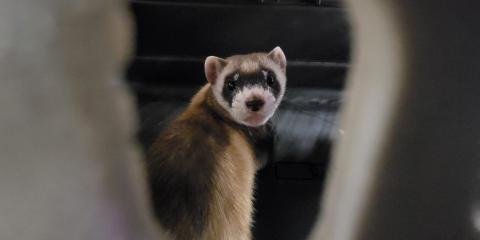
The Ferret Kits Receive Their Names
The black-footed ferret kits' receive their names, their two-month exams and some fun enrichment! Get the full ferret family scoop from Smithsonian Conservation Biology Institute biologist Adrienne Crosier.
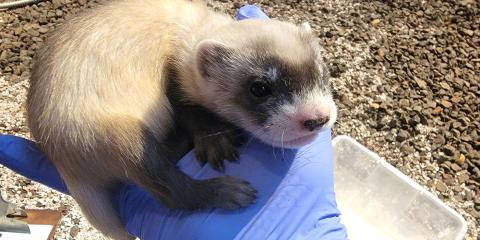
Public Invited To Name Black-Footed Ferret Kits at the Smithsonian Conservation Biology Institute
The Smithsonian’s National Zoo and Conservation Biology Institute invites the public to help name three black-footed ferret kits—one female and two males—born May 19 at the Smithsonian Conservation Biology Institute (SCBI) in Front Royal, Virginia. Voting for the names starts Tuesday, July 20, at 10...
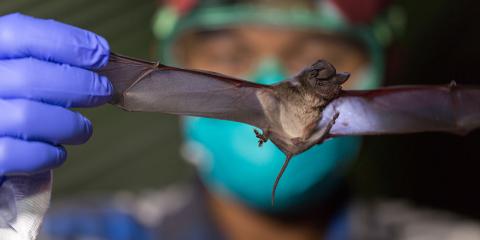
Smithsonian Global Health Director Delivers Government Testimony on Zoonotic Diseases
Dr. Suzan Murray, director of the Smithsonian Global Health Program, testified before the U.S. House of Representatives on zoonotic diseases and outbreak investigations.
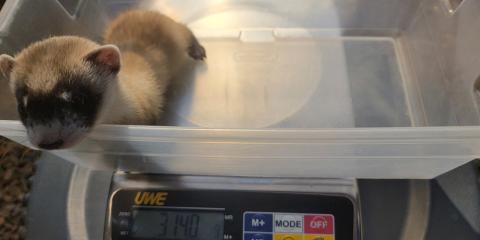
Play, Hunt, Sleep, Repeat: A New View on the Ferret Kits
Potpie's three kits are more active and playful! Catch them running through their full enclosure outside the den on a brand-new webcam and keep an eye out for their progress on learning to hunt.
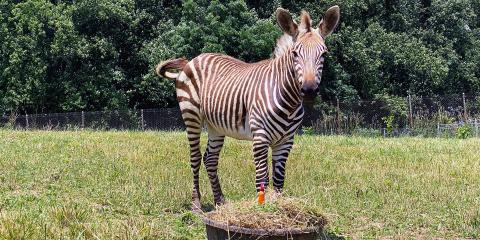
Happy First Birthday, Yipes!
Celebrate our Hartmann mountain zebra Yipes turning 1 year old with Smithsonian Conservation Biology Institute keepers Tara Buk and Chris Mathews.
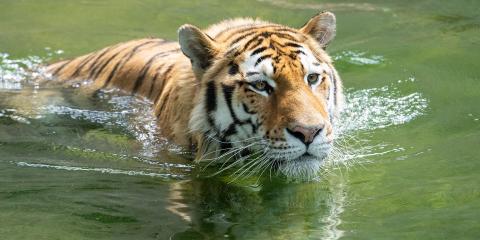
New at the Zoo: Meet Amur Tiger Metis
The new guy in town is calm, curious and cautious. In other words, he’s one cool cat. Meet Metis, the Smithsonian’s National Zoo’s new 5-year-old Amur tiger!
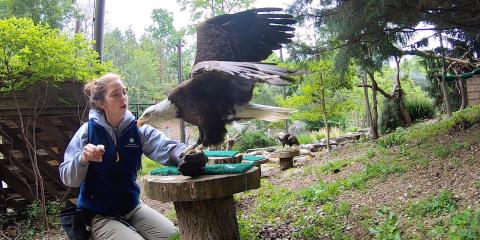
How to Care for Bald Eagles
With a 6-foot wingspan, sharp talons and an intimidating stare, bald eagles are majestic birds. Meet Tioga and Annie—both of whom were injured in the wild and rescued—at Smithsonian’s National Zoo’s American Trail. Swoop into their care and conservation with animal keeper Ashley Graham.

Zoo Visitation Update
Beginning today, June 30, the Smithsonian has approved an increase in the amount of visitors the Smithsonian’s National Zoo can admit daily, and an increase in our building capacities.
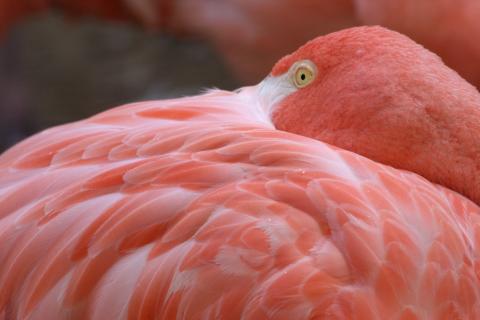
Why Are Flamingos Pink? And Other Flamingo Facts
There is more to a flamingo than its bright pink feathers. Get to know these delightfully unusual birds with 10 fun facts — some of which may surprise you!

Mysterious Bird Deaths in the Mid-Atlantic region
In late April, birds in the mid-Atlantic region began to turn up sick or dying. Scientists are trying to figure out why.

#PandaStory: A Quick Learner
When it comes to husbandry training, giant panda cub Xiao Qi Ji is a quick learner (and a very good boy)!
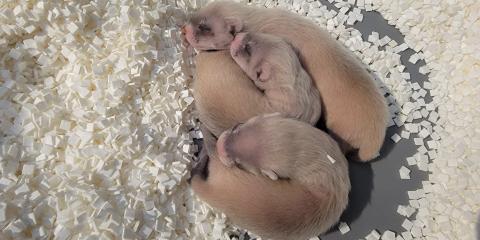
Ferret Kits Look ‘Fur’-tastic at One Month Old
Potpie's three kits turned 1 month old on Saturday, June 19. This birthday is marked by their darkening fur, including the distinctive dark-furred feet and mask! Read on for the full update on our black-footed ferret kits.
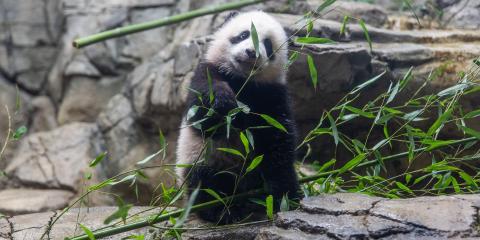
The Science Behind Animal Snacks
How do you create a menu that is pleasing to the palates of giant pandas, flamingos and fishing cats?

Smithsonian Conservation Biology Institute Scientists Find Corals’ Natural “Sunscreen” May Help Them Weather Climate Change
Smithsonian Conservation Biology Institute scientists are one step closer to understanding why some corals can weather climate change better than others, and the secret could be in a specific protein that produces a natural sunscreen.

Connecting Ocean Conservation from Sea to Sky
From the deepest trenches to the shallowest shores and across five basins, water circulates in one interconnected system: the world ocean. This World Ocean Day, discover how seemingly different animals — sessil coral and soaring seabirds — are connected to each other, to a changing climate and to...
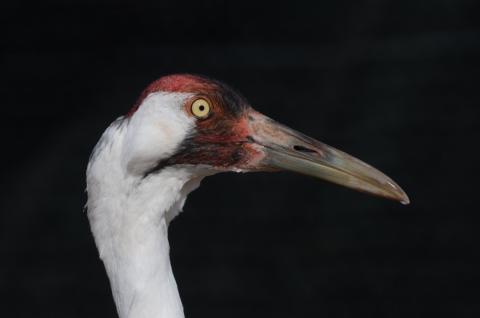
Featured Creature: Whooping Crane
Whooping cranes are graceful, expressive and curious creatures. Get acquainted with these big, beautiful birds in this Q+A with Smithsonian Conservation Biology Institute keeper Chris Crowe.
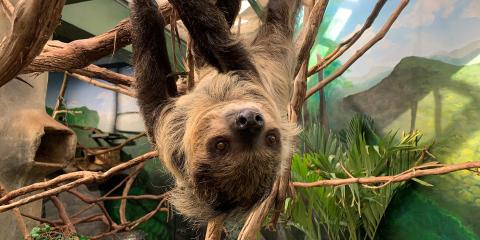
How to Care for Sloths
Slow down with Smithsonian’s National Zoo’s three southern two-toed sloths. Keeper Kara Ingraham works with Athena and Vlad in the Small Mammal House, and keeper Denny Charlton tends to Howie in Amazonia. Find out what it takes to care for these unique animals!
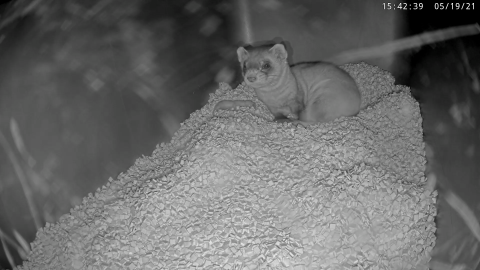
Black-Footed Ferrets Are Born at the Smithsonian Conservation Biology Institute
Carnivore keepers at the Smithsonian Conservation Biology Institute in Front Royal, Virginia, are welcoming a litter of endangered black-footed ferret kits. Three-year-old female Potpie has birthed one kit already, which was born at 3:41 p.m. and can be viewed via the Black-Footed Ferret Cam.

17-year Cicadas: Bird Buffet or Big Disturbance?
Local songbirds will take advantage of the abundance of cicadas, something Smithsonian Migratory Bird Center scientists are eager to study.
New Model for Infectious Disease Could Better Predict Future Pandemics
In new study, Smithsonian scientists and partners provide a framework for a new approach to modeling infectious diseases. It adapts established methods developed to study the planet’s natural systems, including climate change, ocean circulation and forest growth, and applies them to parasites and...
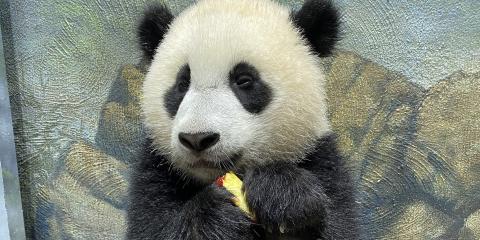
#PandaStory: Panda Cub Preschool
Giant panda cub Xiao Qi Ji is branching out into new places to play! Get the scoop in assistant curator Laurie Thompson’s latest #PandaStory update.
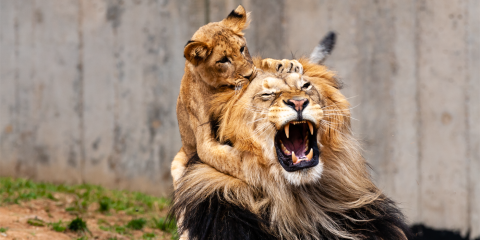
What’s New at Smithsonian’s National Zoo and Giant Panda Viewing Details
When visitors return to the Smithsonian’s National Zoo and Conservation Biology Institute May 21, they will find both familiar and new faces as they explore the park.

How to Drink—and Live—Bird Friendly
The Smithsonian Migratory Bird Center has long championed the simple idea that birds matter. When we take care of birds, we take care of the interconnected natural systems that we all depend upon for survival.
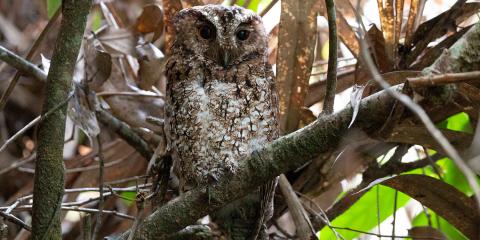
Bornean Rajah Scops Owl Rediscovered After 125 Years
The Bornean subspecies of Rajah scops owl ( Otus brookii brookii), documented in the wild for the first time since 1892, may be its own unique species and deserving of a conservation designation. Published April 28, in The Wilson Journal of Ornithology, Smithsonian Migratory Bird Center ecologist...

Happy Amphibian Awareness Week!
'Hoppy' Amphibian Awareness Week! All week long, the Smithsonian's National Zoo and Conservation Biology Institute will be sharing stories about amazing amphibians and the scientists working to save them from extinction.
